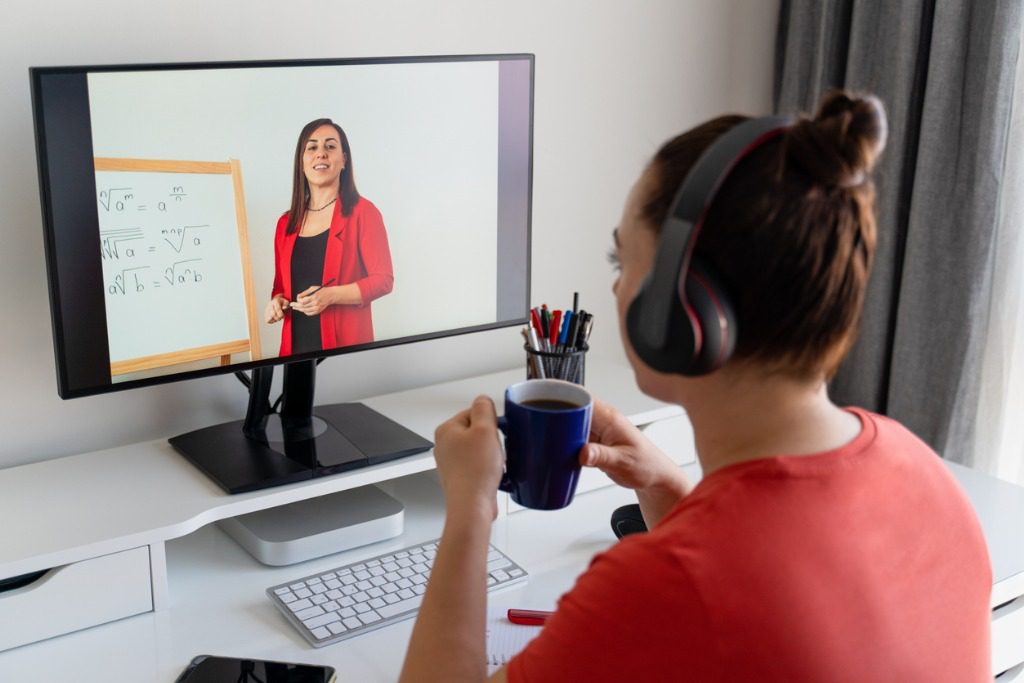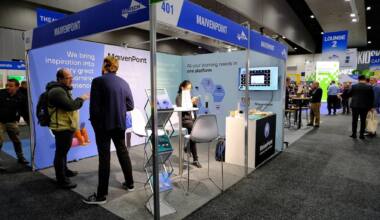We were proud to partner with Microsoft Singapore to make the recent PowerApps Hackathon event a success! Thanks to the incredible ideas of 36 school educators, we realized how learning could be made more engaging and interactive for students and how these ideas could evolve and improve the culture of learning.
Here are seven lessons we learned about how to improve student engagement.
1. Accessible assessments paired with flexible feedback are essential to improving learning experiences
Assessments and feedback are two of the most important metrics to gauge how students learn.
A well-strategized assessment and feedback system can help increase student engagement and improve student learning, which is where accessible assessment comes in.
The idea is to craft assessments—quizzes and exams—in a way that educators can easily disseminate to students, who in turn can access them from anywhere. This way, students won’t need to contact their educators to request access to the documents they need, relieving educators of this administrative burden.

Consequently, rather than management-triggered feedback after the module is completed, educators can then trigger feedback anytime they need to check in with students during the class.
Not only does this help students have more flexible time in their assessments, but it also saves administrative efforts and enhances productivity for educators as well.
2. Interim communications remove roadblocks to learning
Related to flexible feedback, the introduction of interim communications can also help build conducive learning spaces. In the form of informal submissions and feedback, students can get the right guidance early so they don’t waste time misinterpreting tasks or questions.
This could also ensure all the students get the same messages from educators as compared to restricting communications to just group leaders.
3. The right technology helps ensure we “leave no student behind”
Facilitating standardized learning bridges the challenge of students being left behind. By conducting in-class quizzes administered in the same user interface students are familiar with—without needing to log out of systems and applications—you can improve the engagement of all students as well as save time and optimize students’ varying attention spans.
An equalizing scoring system also serves to stimulate student collaboration by assigning students with similar scores together for group work, allowing for more accessible discussions among teams.

4. Student care is vital at every stage of the learning experience
A holistic learning environment should address student wellbeing and general queries, sentiments, and feedback by providing early intervention where required.
This can be done through peer connection projects, recreational activities, school events, and consultation services. Make these projects accessible and immersive by allowing easy and convenient access like arranging instant registration and notifications as well as leveraging technology to provide services anytime, anywhere with the use of apps and bots.
5. Aggregated, centralized administration dashboards free up valuable time for educators to focus on improving students’ learning experiences
Educators across schools leverage different solutions to improve their own teaching experiences. For the entire academic team to benefit from tried and tested effective teaching solutions, essential information can be aggregated into a dashboard for quick access by educators.
The balancing of administrative work with managing class resources – such as assignments, attendance, timetables, and feedback – remains one of the key challenges lecturers face.
With one interactive dashboard, these functions can be grouped together so everything can be managed and referenced by students in context and with the least amount of administrative time. This way, educators can focus more time on ensuring their students are getting the best possible learning experience.

6. After-lesson consultation schedulers can lower the barrier to deeper student/educator engagement
To improve engagement with students and solidify student learning, educators can creatively arrange post-class consultation timeslots that are easily accessible for all – no matter where they're located.
Students can leverage these channels to establish the topic of discussion by providing supporting documents and resources in advance to make thorough use of their consultation time.
Through a properly mapped out student resource center, not only are you meeting students’ learning needs, but you’re also addressing the challenge of extra time spent supporting access concerns, which are made more manageable for educators. This, of course, assumes the commitment by lecturers even after class.
7. Removing difficulty in submitting work can help increase students’ motivation to learn
Lastly, students shouldn’t have a hard time submitting their work. Bringing convenience into the way students submit information in class would better measure student engagement data, identify learning gaps, and address their learning needs in a timely manner.
This should all lead to teachers adjusting their teaching approaches to be as effective as possible by providing benefits for everyone in your learning community.

Bring inspiration to your students' learning experience!
All these lessons can help us achieve our goal: To improve the learning experience for students and transform the learning culture in our communities.
Power up student engagement with MaivenPoint! Explore how to create an immersive, interactive, and engaging learning environment so you can deliver an inspired learning experience. Find out more: Learning made Limitless | MaivenPoint



